Blog

The Scents of Spring
Spring continues to abound around us, giving us fragrant surprises that I’d like to focus on today.
First the shrubs and trees.

Throughout your neighborhood find large shrubs that have suddenly exploded with color. Lilacs (Syringa spp.) are a very popular landscaping plants, partly due to their lovely soft fragrance. The most common species whose cultivars are sold widely is the Syringa vulgaris, an Asian native.
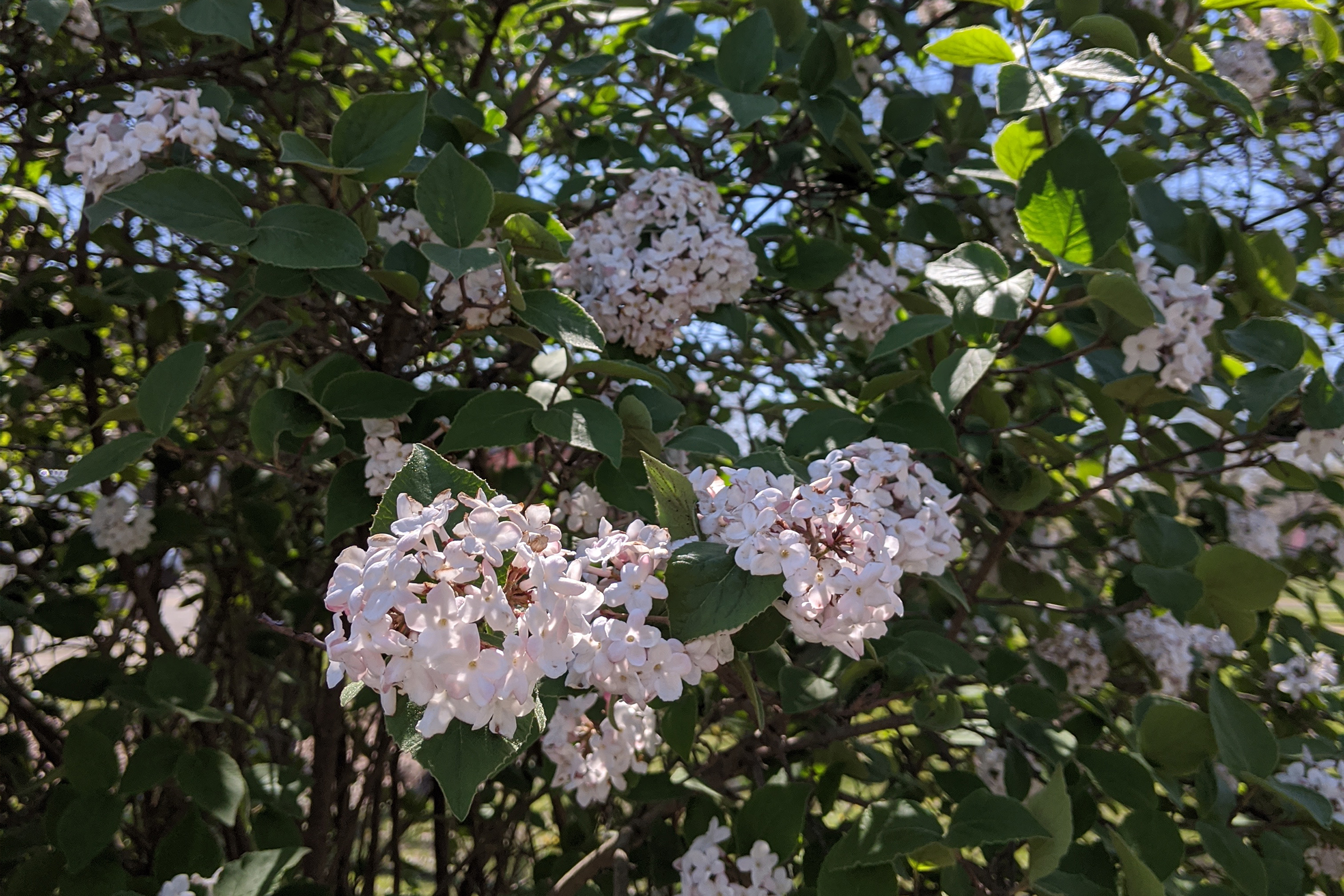
Another very fragrant, though perhaps less commonly planted, is the Korean spice viburnum (Viburnum carlesii). I found this one in the park and I was arrested by its incredible fragrance. Several spice viburnums are available on the market, including the popular hybrid American spice viburnum (Viburnum x burkwoodii). Don’t be fooled, this is not a native shrub – both species in the hybrid are Asian natives.
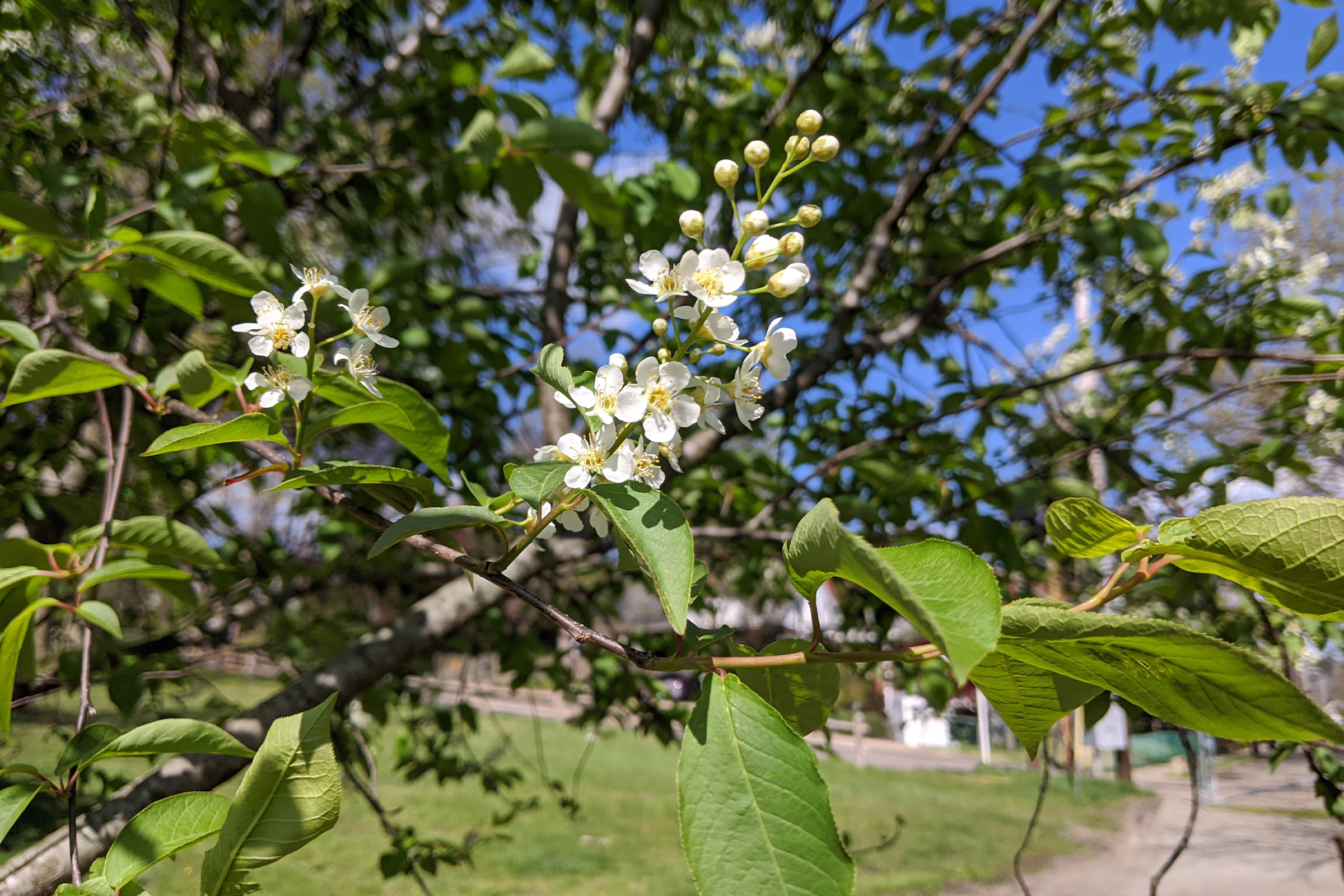
In another part of this same park I found a wonderful fragrant chokecherry (Prunus virginiana). This Pennsylvania native makes a great landscaping tree with its pinnacles of white blooms erupting in the springtime. However, they do sucker out and can take over your land, so make sure to mow around the tree to prevent its spread. Their fruit is edible, but don’t swallow the pit.
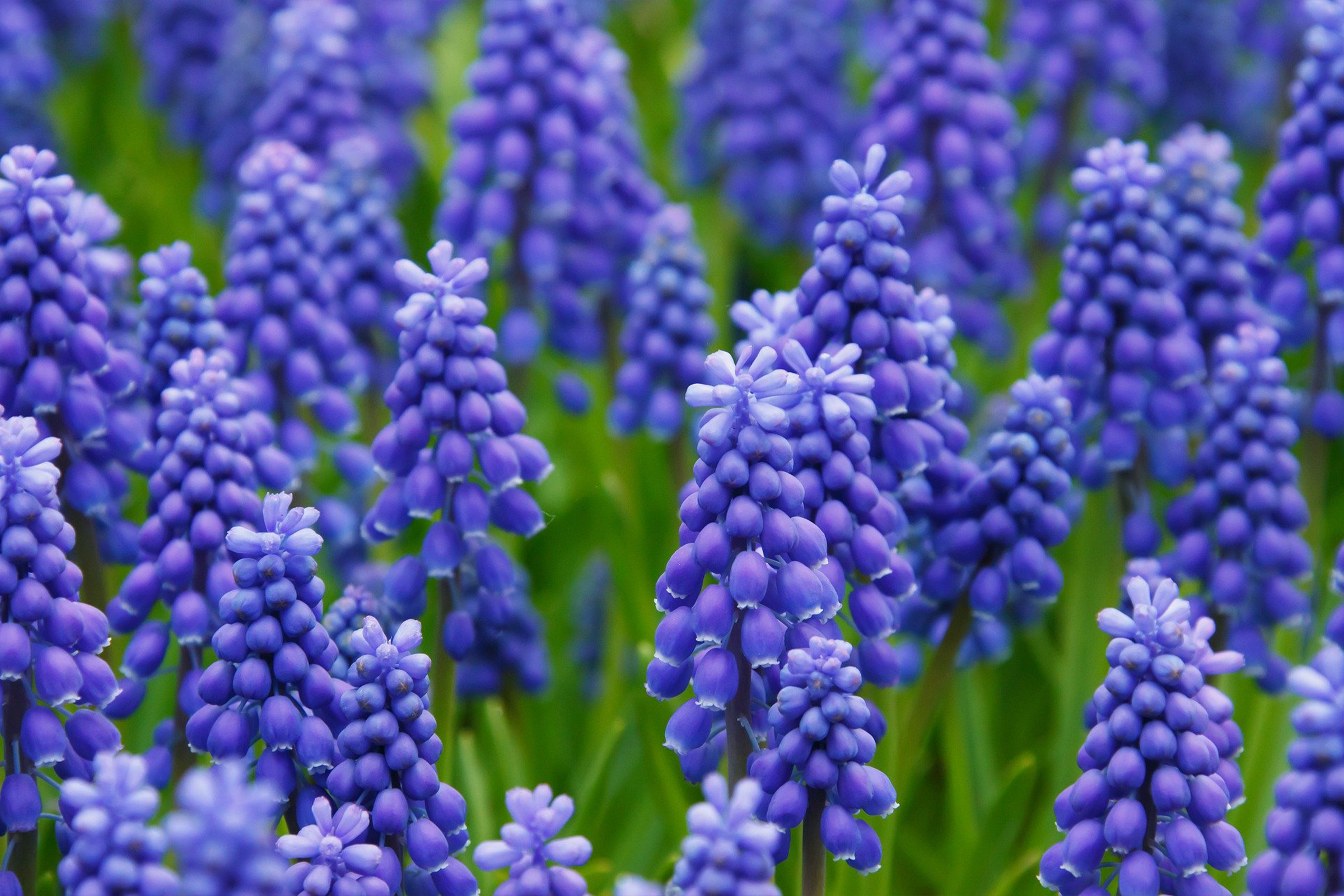
Along the ground level, you can still find grape hyacinth (Muscari spp.) and tulips (Tulipa spp.), both wonderfully fragrant. Take a chance to really enjoy them before they disappear for the summer season.
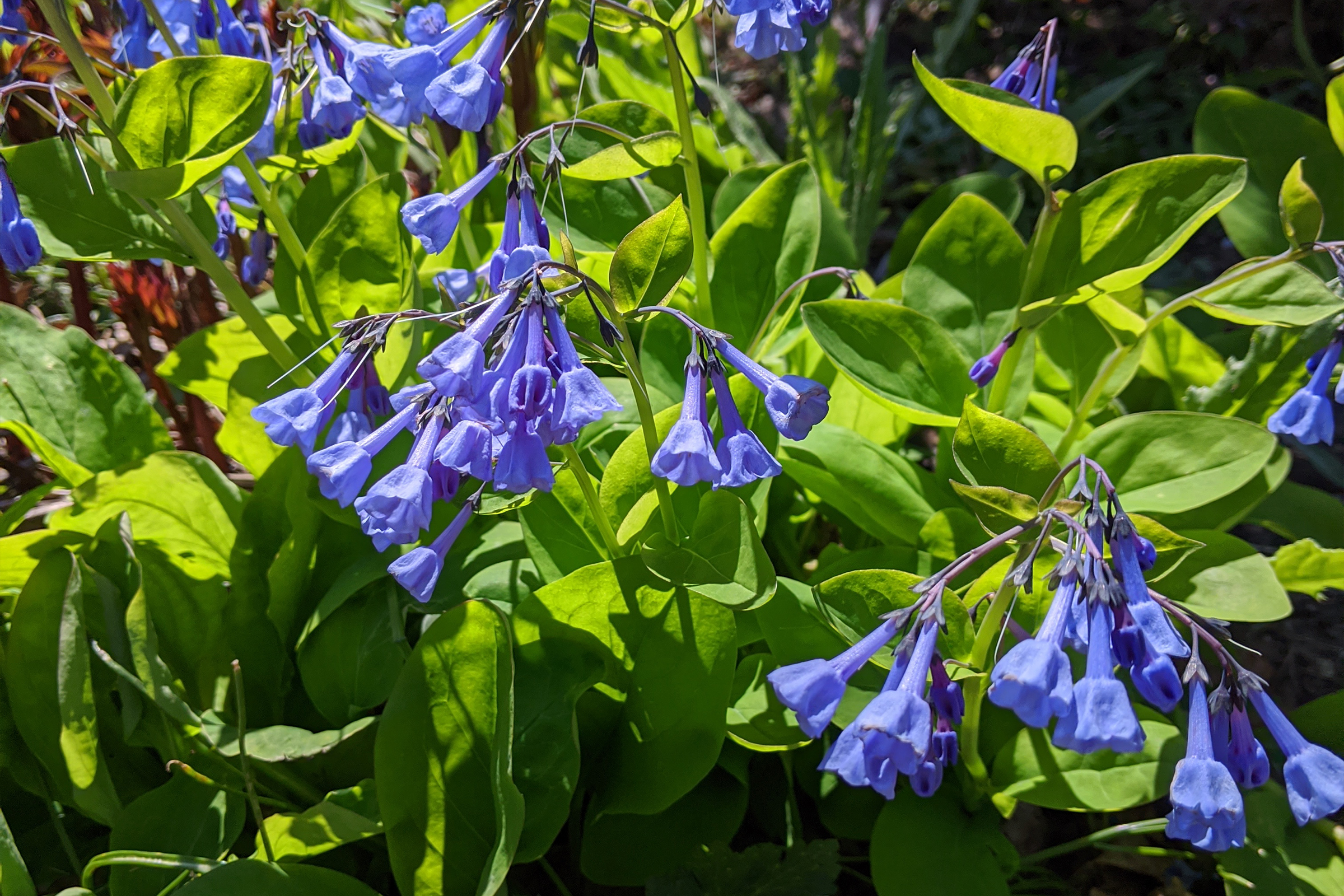
Though not fragrant, I’d be remiss not to mention the Virginia bluebells (Mertensia virginica). This native spring ephemeral adorns many a yard with its strikingly blue to purple bell like flowers. Butterflies are their primary pollinators so they’re sure to put on a show.
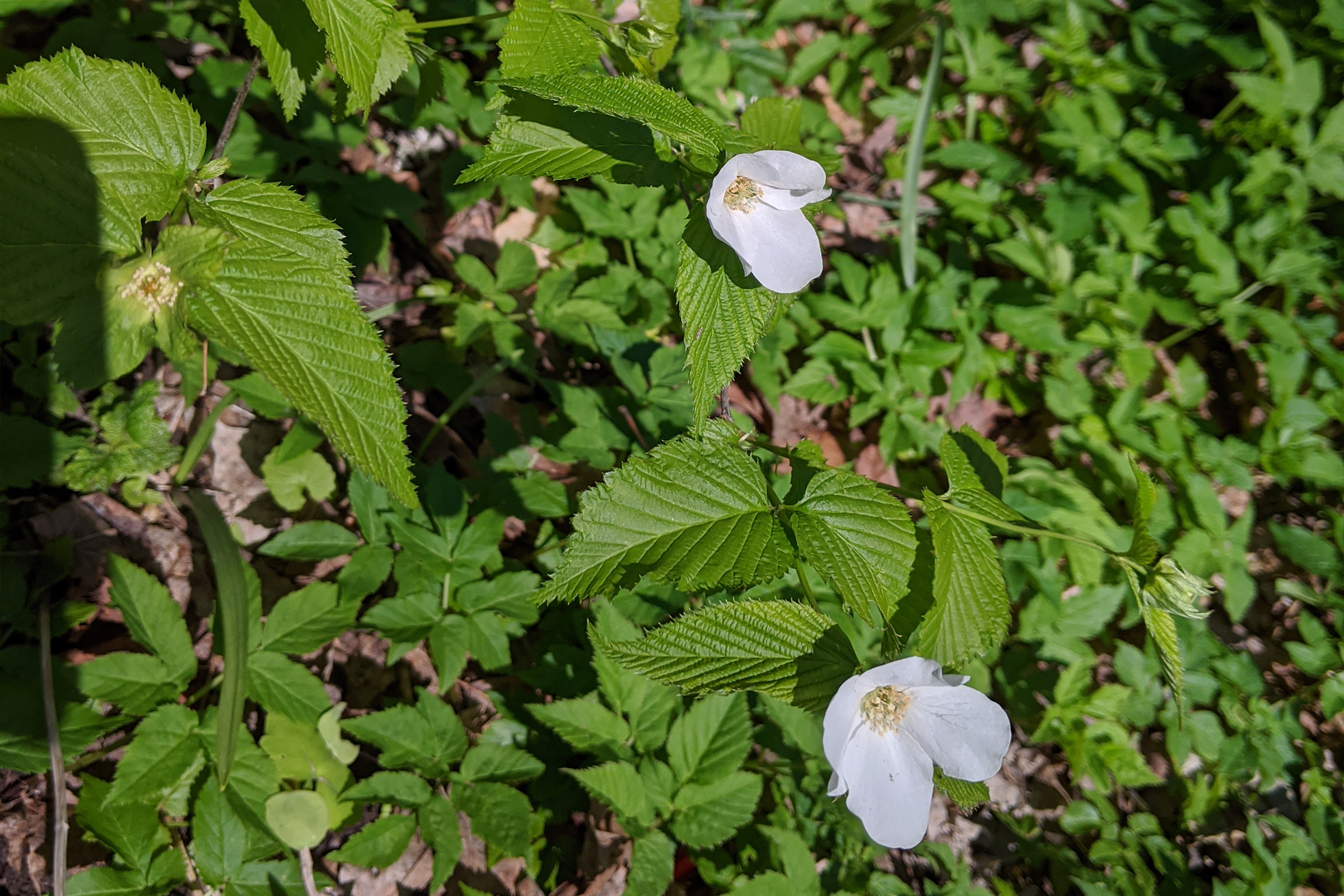
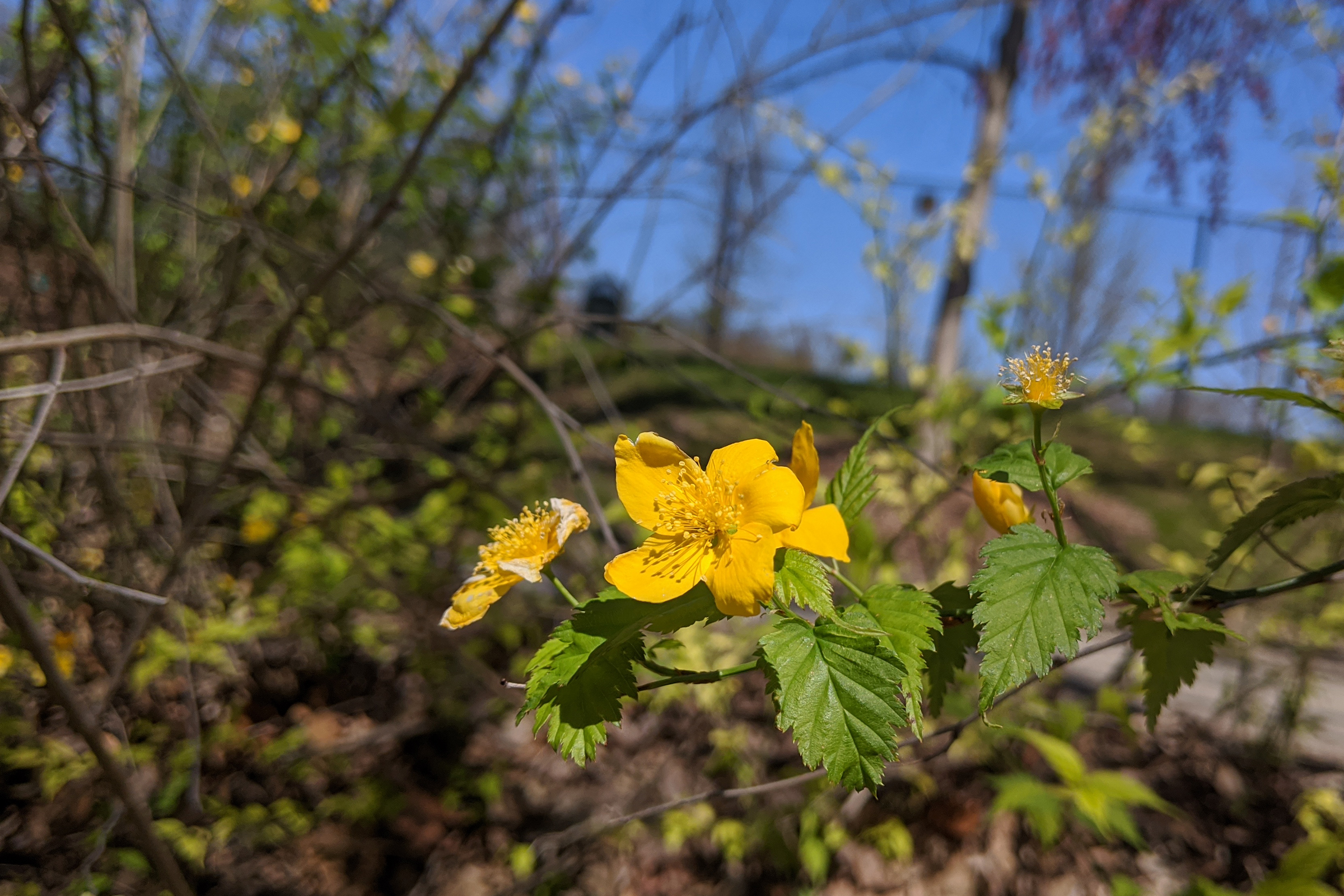
Finally, again not fragrant but quite showy, find two similar appearing plants – the jetbead (Rhodotypos scandens) and the Japanese rose (Kerria japonica). Black jetbead, the white flowering shrub, is an Asian native that is highly invasive in our woodlands. It is a monotypic genus, which is also pretty neat. Japanese rose is closely related to Rhodotypos, hense its similar appearing leaves and flower. However, this flower is bright yellow. Another common landscaping plant, it is escaped in the wild and now found in the understory in our woods.
Take the time to indulge in this delicious springtime!

